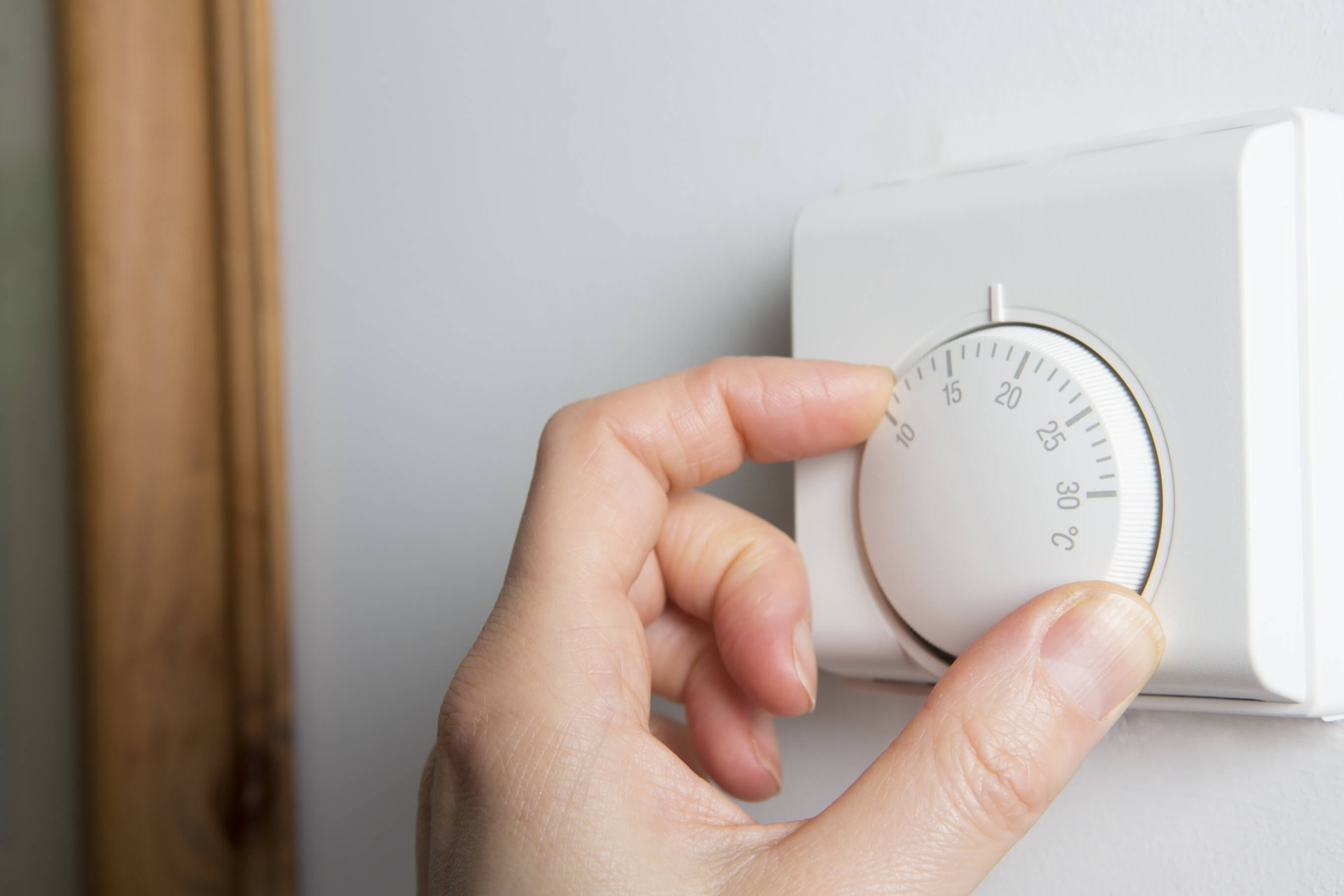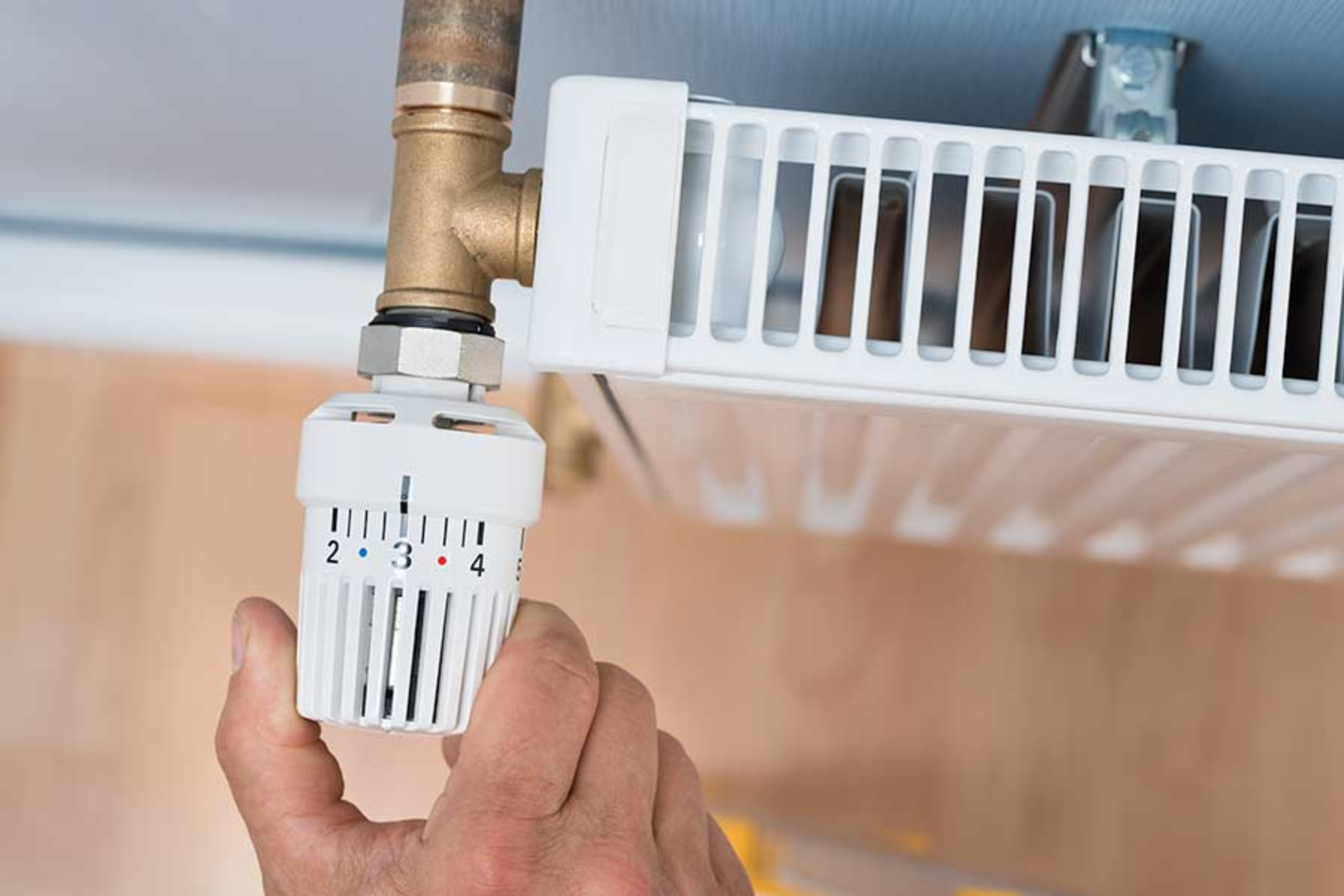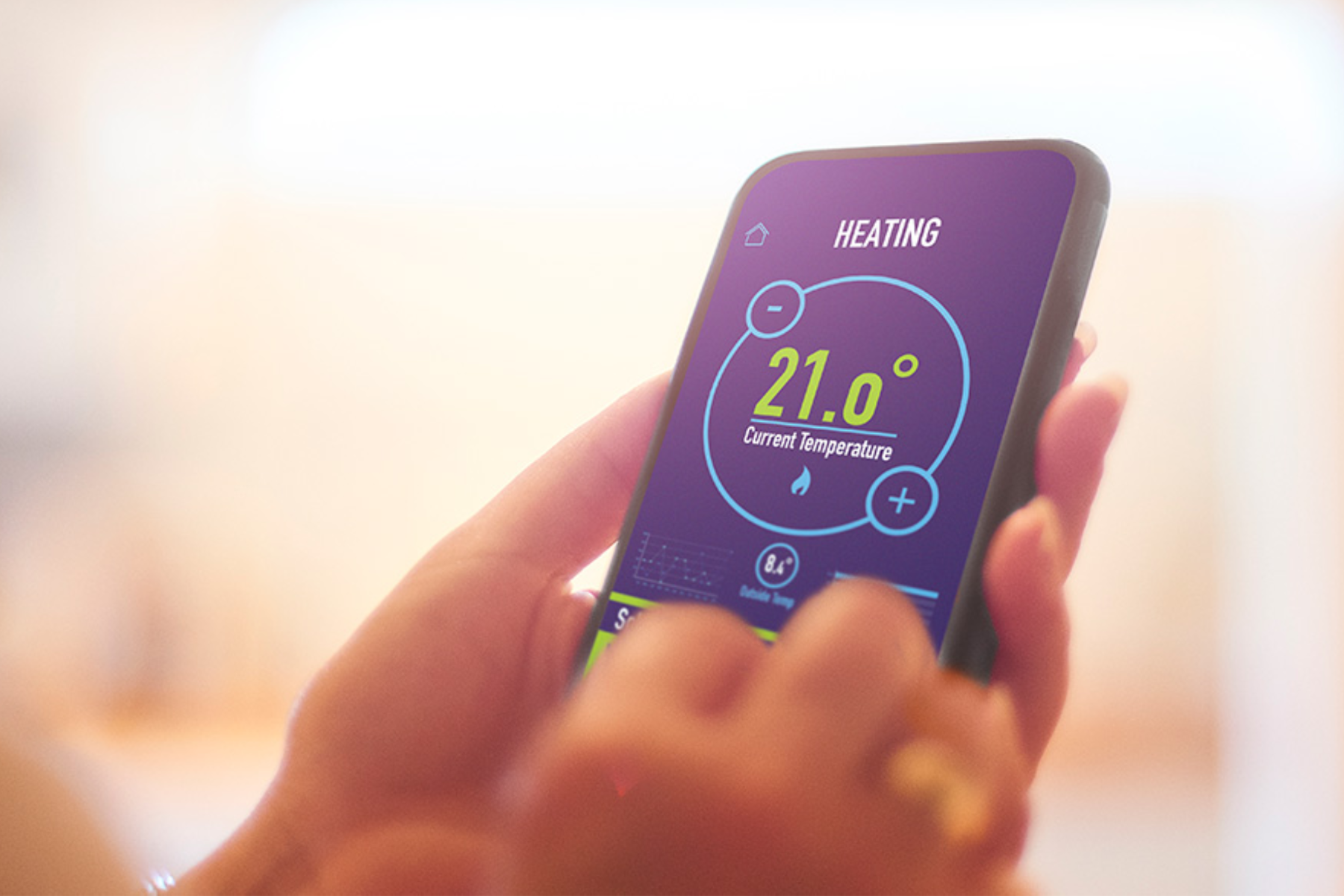Balancing radiators is a crucial task for maintaining an efficient heating system, especially in two-storey setups here in the UK. Radiator balancing ensures optimal heat 7.7distribution throughout your home, providing comfort and potentially saving you money on energy bills.
The process involves distributing the flow of heat from the boiler and pump evenly among all the radiators in your home. Although it may seem complicated, in this guide, we'll walk you through the full process of balancing your radiators, ensuring equal heat distribution throughout your home in the winters.
Balancing Radiators: Understanding Your Heating System, First
Before we delve into the process of balancing radiators, let's first understand what it means. Balancing radiators refers to the adjustment of the flow of hot water through each radiator in a central heating system, ensuring that all radiators heat up evenly.
It consists of a boiler, pump, flow pipes, and radiators. The boiler generates heat. This heat travels through the pump. The diverting valve then splits the heat into two directions. One side leads to the hot water tank, providing a source of hot water for showers and daily use. The other side directs the heat to the radiators, allowing you to enjoy warmth throughout your home.
A home may have radiators in every room, but for simplicity, let us consider two radiators on each floor. All radiators have common returns, meaning they return the heat back to the boiler. However, this can pose a problem as the heat tends to accumulate in the radiators closest to the boiler, leaving other radiators lacking in heat.
Over time, imbalances can occur due to factors such as differing pipe lengths and air accumulation, leading to some radiators being hotter than others. Balancing radiators helps rectify these imbalances.

How Much Does It Cost To Balance A Radiator In The UK?
The cost of balancing a radiator in the UK can vary depending on several factors, including the location, the complexity of the heating system, and the professional you hire.
Generally, the cost can range from £80 to £150 per radiator.
This cost usually includes the service fee, labor, and any necessary adjustments or valve replacements.
It's recommended to obtain quotes from multiple heating engineers or plumbers in your area to get a more accurate estimate based on your specific circumstances.
Additionally, prices may change over time, so it's essential to consult with professionals directly to get the most up-to-date pricing information.
Tools Needed For Radiator Balancing:
Balancing radiators requires adjusting the lockshield ends. This will change the flow of heat around the house, ensuring each radiator gets an appropriate amount. By repeating this process with each radiator, you can achieve a balanced and efficient heating system.
Although it may seem daunting, balancing radiators is relatively easy with clear instructions. Here are the key tools you need to begin balancing your radiators.
- Radiator bleed key
- Lockshield valve key/adjuster
- Screwdriver
- Thermometer
- Adjustable spanner
Step-By-Step Process Of Balancing Radiators
Step 1: Switch Off Your Heating System
To balance your radiators effectively, determine the order in which they heat up. Turning on your heating system will help you identify the first and last radiators in the system. Ensure your central heating system is switched off and has cooled down before attempting to balance your radiators.

Step 2: Identify Radiator Valves And Open All Valves Fully
Familiarize yourself with the different valves on your radiator, namely the lockshield valve and the thermostatic valve.
Use an adjustable spanner or grips to adjust these valves. Clockwise closes the valve, while anti-clockwise opens it.
Many modern radiators come equipped with thermostatic radiator valves that can be easily turned by hand.
Step 3: Turn The Heating Back On
Open the valves. Turn the heating back on.
Observe the order of radiator heating. Typically, the radiators closest to the boiler will heat up first. Remember this order, as it will guide you in the balancing process.
Step 4: Repeat The Process Of Switching Off And On, One More Time
Allow the radiators to cool down again before you start balancing them. This ensures accurate temperature readings as you proceed.
With the heating back on and all valves open, go to the first radiator, which is the one closest to the boiler, and balance it.
Step 5: Fine-Tune The Lockshield End To Balance The Radiator
For this step, completely shut off the lockshield valve by turning it clockwise using the lockshield valve adjuster or spanner. Then, turn it back a quarter or half-turn. This will redirect the heat flow to the next radiator instead of returning it to the boiler.
Fine-tune the temperature by gradually opening or closing the thermostatic valves on each radiator to achieve the desired heat output in each room.
Step 6: Check The Temperature
To verify radiator balance, check temperatures at the pipework near the lockshield valve and the other end near the thermostatic valve using a thermometer. Ideally, there should be a 12-degree temperature difference. If not, adjust the position of the lockshield valve previously turned until the desired temperature difference is achieved.

Step 7: Follow The Same Process For Each Radiator
Follow the same steps for each radiator until you reach the last one in the heating system. Give yourself a pat on the back - you have successfully balanced the radiators. You have accomplished a difficult challenge.
Balanced radiators ensure equal heat distribution and prevent hot water from favoring certain radiators, improving overall comfort and energy efficiency.
Follow these steps to balance your radiators. This will maximize the efficiency of your heating system.
FAQs
How Do You Balance A Radiator With A Temperature Differential Of 12 Degrees?
To balance a radiator with a 12-degree temperature differential, follow these steps: 1) Identify unevenly heating radiators. 2) Ensure valves are fully open. 3) Gradually adjust the lockshield valve. 4) Monitor temperature and continue adjusting until the difference is reduced. 5) Fine-tune the lockshield valve for desired balance. 6) Check other radiators' temperatures and adjust their valves accordingly. The process may vary, and professional help is recommended if needed.
What Is The Quickest Way To Balance Radiators?
The quickest way to balance radiators is by using the lockshield valve method. Fully open the valves, gradually close the lockshield valve on each radiator until a slight temperature drop is noticed. Repeat for all radiators. Professional assistance may be required for more precise balancing.
How To Balance Radiators Without A Thermometer?
Balancing radiators without a thermometer can be challenging but not impossible. Balancing radiators without a thermometer can be done by following these simplified steps:
- Start with the radiator closest to the boiler and fully open both valves.
- Gradually close the lockshield valve until that radiator feels slightly cooler than others.
- Repeat the process for each radiator, aiming for a similar level of warmth.
- Monitor heating performance and make further adjustments if necessary.
While using a thermometer provides more accuracy, this method allows for a basic balance by relying on your judgment of relative temperature.
Consider consulting a professional for more precise balancing if needed.






















